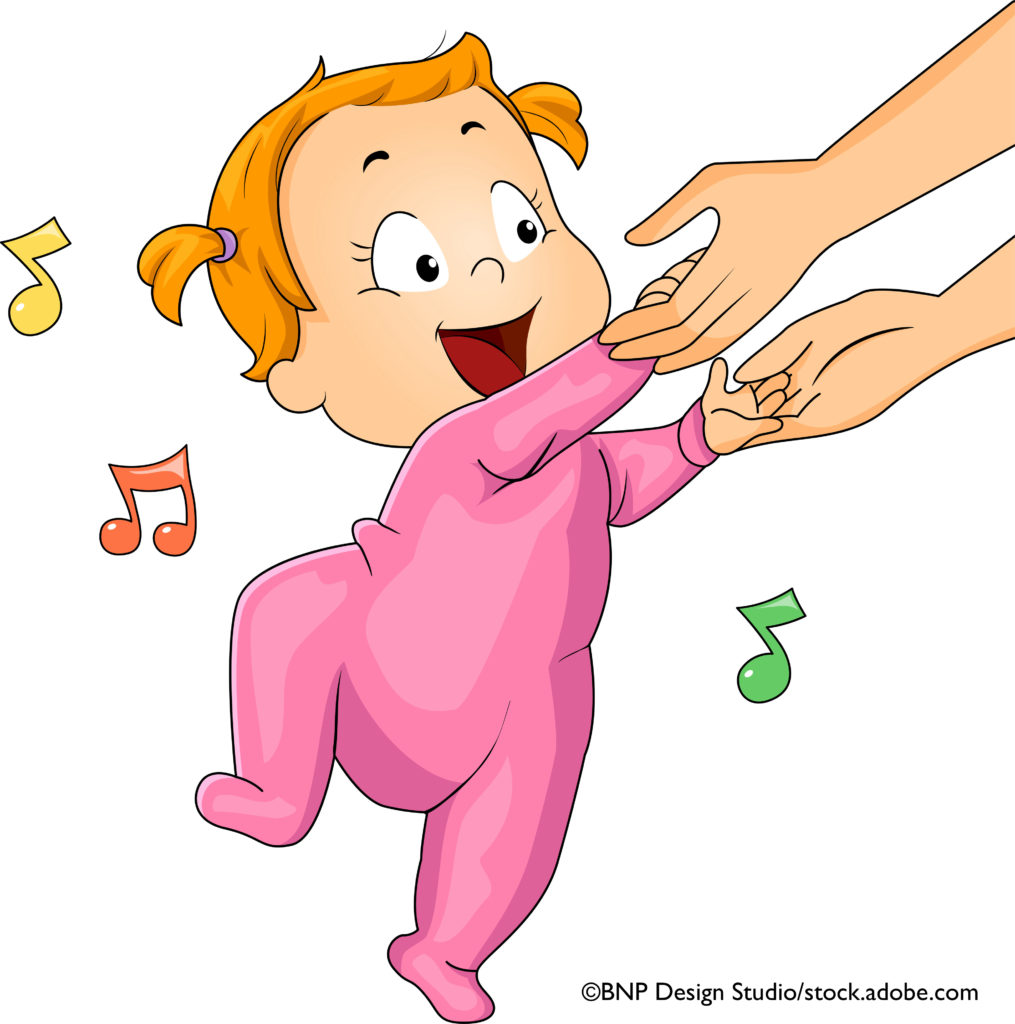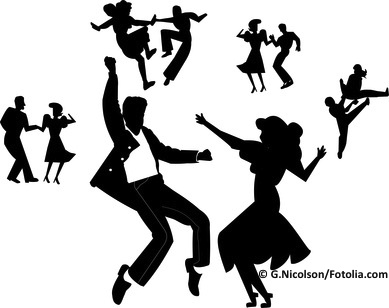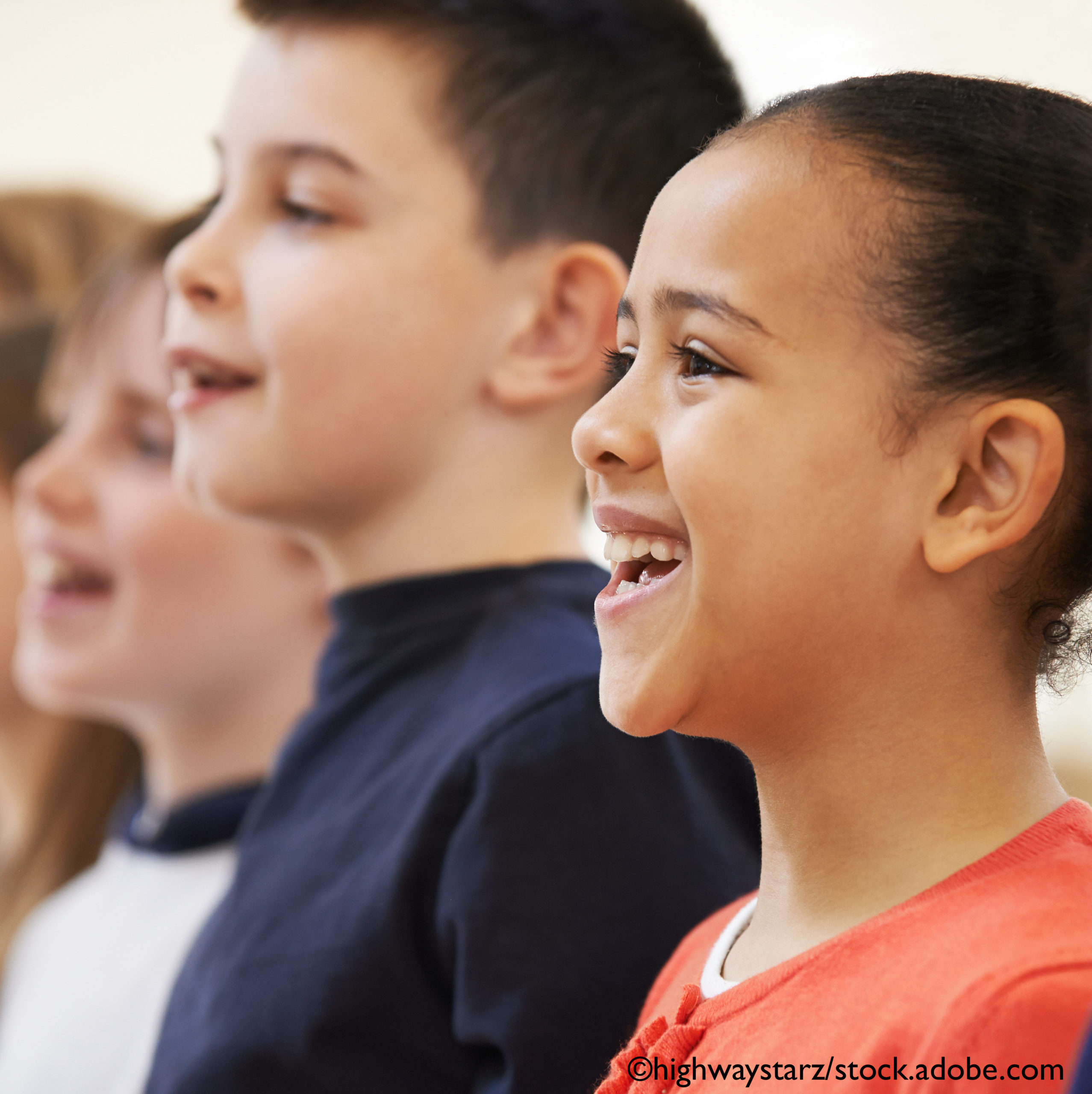I attended a spring concert a few weeks ago that prompted me to think about rhythm, movement, and the brain. The concert was at a very small private school (pre-school through grade 4) and was titled “Poetry Everywhere.” It was a mix of absolutely charming poetry written and read by the students and songs they performed ranging from American folksongs to tunes by the New England Dancing Masters (performed with movement), Imagine Dragons (performed with Boomwhackers), the Beatles (performed with ukuleles), and more.
As I listened to this concert, I wondered why so many children, even though singing and playing the rhythms accurately, seemed to show so little rhythmic involvement with their bodies – not even slight movement of heads. Everyone sang in time, no one mangled the rhythms, but with the exception of the songs that involved boomwhackers or specific gestures, there was no sense that they were feeling the rhythms in their bodies. One 7 or 8-year-old-girl was a delightful exception. She literally bounced with every beat throughout the entire concert, and you only had to watch her to know that the music was resonating in every molecule in her body. Her exuberance made you want to get up and dance.

In my recently published book, The Musical Brain, there is a chapter devoted to the musical abilities of infants and toddlers. One of those abilities is moving to music as soon as the infants have enough muscle control of their limbs to do so. Babies love to move to music – any kind of music. Toddlers are able to synchronize by the age of 2 ½ if they are drumming with an adult. Look online and you will find millions of videos of infants and toddlers moving to music – the toddlers often syncing quite well with the beat. If infants and toddlers are almost universally moving to a beat, why aren’t children doing so in elementary school?
A writer whose name I no longer remember once recounted a marvelous story about art and elementary school students. If anyone recognizes this story, please let me know so I can give proper credit. As I recall the story, the writer was an artist who did large metal sculptures. He was invited to have a show of his sculptures at an elementary school and to talk about his work with the students. His sculptures were shown in the cafeteria. His first talk was to the first grade. He started by saying, “I’m an artist. There must also be a lot of artists here because I see so many wonderful drawings posted around your classroom. How many of you are artists?” Every hand in the room shot into the air. Every student wanted to be considered an artist.
The sculptor repeated some version of this talk in the second grade, and although there were still a sizable number of hands that went up, there were definitely fewer. You can probably guess what happened as he went to each successive classroom. The number of students who wanted to be seen as artists continued to diminish and by the time he reached sixth grade, only one hand was tentatively put in the air while the student looked around furtively to see who was noticing. As students become older, they become more self-conscious about their artistic abilities, especially if all of their peers aren’t continuing to make art. If those abilities aren’t validated, they stop considering themselves artistic.
The same is true with music. We constantly interact with infants with language from the time they are born. But not so much with music. Music doesn’t continue to be validated through the pre-school years as does language. It becomes less comfortable. Perhaps the students at the concert had been told to stand quietly while they sang – certainly that is true of most choral ensembles (excepting Gospel choirs). If you watch an orchestra, however, you will notice many players moving – in some way – to the beat. Yes, they have to move to play the instrument but some are also nodding heads or swaying bodies – not always movement necessary to produce sound on the instrument, but it tells you that they are feeling the rhythm in their bodies. Perhaps the children were shy about performing in front of parents, grandparents, siblings, classmates, and aunts and uncles (that would be my husband and me). But within a very few years, these same children will be going to parties and happily dancing – in time – to music with their friends.
Researchers have known for some time that our brains pick up a musical beat automatically. We don’t have to do anything. Most people just recognize a beat and are not only able to move to it but adjust their tapping or movement as the beat speeds up or slows down. Infants can detect a missing downbeat (apparent through EEG) at the age of two to three days. In fact, that ability to detect the beat, beat induction, is a fundamental musical trait and played a role in how music evolved. Nearly everyone can do it. It’s fundamental to human nature.
But what if someone is unable to keep a beat? We often hear someone say “I just can’t feel the beat,” or if we teach a musical instrument, we no doubt have had students who we are convinced have no sense of rhythm at all. But the incidence of people who are unable to detect the beat is extremely small – only about 3% of the population. A person who is truly unable to distinguish a musical rhythm or move to it is said to have beat deafness. The characteristics of beat deafness vary, but often the person is able to keep a steady beat, but not to an external source such as a metronome or music. He can generate his own beat and keep it steady, but not sync to another person’s beat or dance to a musical beat.

Rhythm and beat perception rely on an extensive network in the brain that involves both sensory and motor areas. Fleur Bouwer, a researcher at the University of Amsterdam, cautions that even though nearly everyone can recognize a beat, not everyone can dance to that beat. To move to a rhythm requires complex motor skills, and those skills aren’t as universal in humans as is the perception of rhythm. Sometimes an individual may not be able to move to a musical beat because he just hasn’t had enough experience in doing so. But sometimes, in spite of perceiving the beat, there may be something about the brain’s processing of motor movement that prevents him from moving to the beat.
I have a friend who can sing any jazz standard and can effortlessly improvise an obligato line as well – all with an absolutely great sense of rhythm. He can tap rhythms with ease, but ask him to dance and that’s another matter. His feet seem to get in the way. Is it lack of practice moving to music or some kind of motor processing issue? In his case, I don’t know. His hands and voice can keep time – his feet cannot.
For several years, I taught an interdisciplinary course on the creative process to non-music majors. Part of their work in the course was to explore experiences that were either outside their comfort zone or just unfamiliar. For most students, that meant attending a classical music concert at the university’s performing arts center. A surprising number of students wondered why members of the audience moved so little, unlike rock concerts, or why the audience didn’t clap when they particularly liked something, as in jazz concerts. We know why. That’s not “appropriate concert etiquette,” and there are certainly good reasons for 1200 people at a classical music concert to not all be moving. But it does make you wonder how much of our natural response to music we have suppressed.
There is no question that our brains recognize the beat. Extremely few people have beat deafness. People who say they can’t keep a beat simply may not have had enough experience doing so when they were younger or they may be unable to coordinate the motor movements necessary to move to the beat even though their brains recognize the beat. Perhaps if we were encouraged to move to music continually from the time we were infants, we would all be better at expressing music through movement. And many of us would be better dancers as well.




